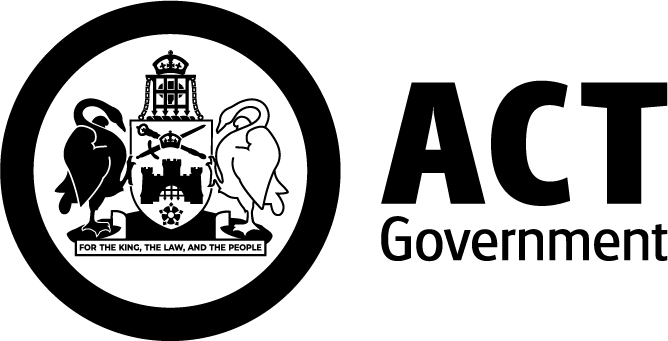Food safety inspections
This page contains information about food safety inspections, breaches and compliance.
What happens in an inspection
Routine food business inspections and complaints-based inspections are performed by public health officers.
Public health officers may inspect your food business at any reasonable time without notice. You have the right to ask any inspecting officer to show their identity card.
They will assess your business against criteria outlined in the Food Business Inspection Manual, which is used to deliver consistent and transparent inspections.
These criteria are in line with the food safety and hygiene requirements in the Australia New Zealand Food Standards Code and the Food Act 2001.
You or a staff member may accompany the public health officer during their inspection. However, it’s an offence to interfere or obstruct a lawful inspection.
As part of the inspection, they may:
- ask questions
- request reasonable assistance e.g. to access certain areas
- request and copy documents
- examine anything in or on the premises e.g. food, equipment, surfaces
- take photographs, videos and/or samples
- conduct tests
- if necessary, seize items such as food or equipment.
A signed copy of the inspection report is emailed to you after the inspection.
Food safety breaches and compliance
Food safety breaches identified during the inspection must be fixed within a certain time frame. For critical food safety breaches, a business may be issued a Prohibition Order that requires the business to be closed until it is deemed safe.
The most common breaches of food safety compliance during inspections include hand-washing facilities, general cleaning, temperature control and monitoring and pest control.
Food safety records
Businesses that do prescribed activities must keep food safety records.
Prescribed activities are those that involve handling potentially hazardous, ready-to-eat food (unless the food handling is limited to slicing, weighing, repacking, reheating or hot-holding). Potentially hazardous foods are ones that need temperature control (foods stored below 5° C or above 60° C).
You must make records of prescribed activities and keep them for at least 3-months. Your food safety records will be checked by a public health officer during inspection of your food business.
Records can be kept in many forms – written, electronic, photos, videos, notes on a receipt, temperature data logs.
Examples of required records include food temperature record sheets, a cleaning and sanitising procedure and food receipt logs.
Example reports can be found in Appendix 8 of the Safe Food Australia guide to food safety standards.
